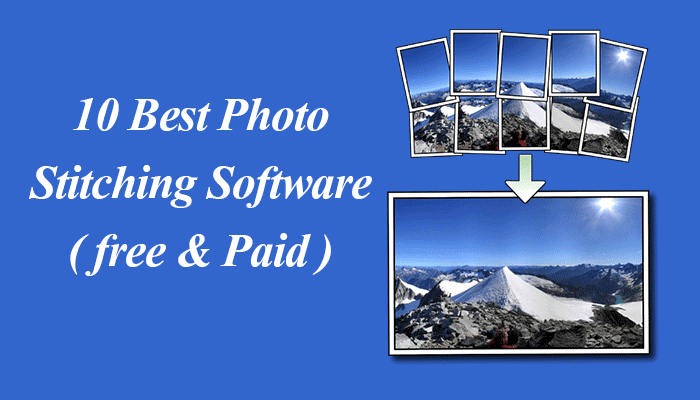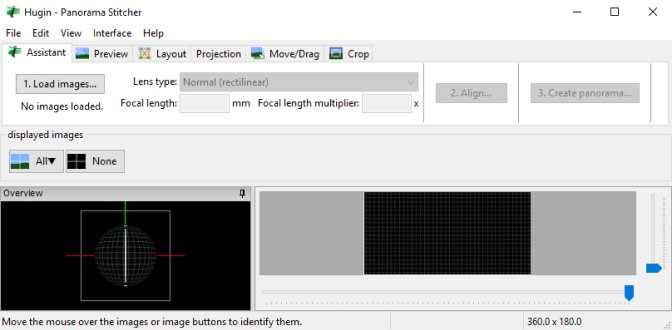


One of the simplest and most fool-proof ways to shoot a simple two-frame panorama is by using a shift lens. The simplest multi-shot panoramas are comprised of two or more images shot along a single horizontal or vertical axis. When the camera is not rotated around the entrance pupil, foreground and background objects’ apparent distances from one another will appear to change as the camera is rotated, thus making proper stitching very difficult or impossible Single row panoramas Rotating the camera around the entrance pupil eliminates parallax errors from frame to frame and allows a panorama to be properly stitched. These can be shot handheld or on a tripod, but for maximum accuracy and minimal distortion, specialized hardware must be used to rotate the image around the entrance pupil (often mistakenly referred to as the nodal point) of the camera lens. Though this is a bit of a cheat, it will serve the purpose of producing a wide format image with a minimum of stress.Īfter basic image cropping, we get into multi-shot “stitched” panoramas. The most basic type of panoramic image can be obtained by cropping a wide angle image into a wide aspect ratio. Digital photographers are therefore left with the option of stitched panoramas, where the camera captures multiple views of a scene, that is then reconstructed with software. Some digital point-and-shoot cameras include a “panorama” shooting mode, but this is simply an in-camera crop. Those that are available are very expensive and technically complex compared to similar film-based systems. Panoramic cameras became commonplace after the development of flexible film, and a number of dedicated panorama camera models were manufactured, from fixed lens cameras that had flat film planes and stationary lenses, to rotating lens systems with curved film planes, to rotating or “scanning” cameras that captured 360º of a scene.ĭue to the cost and difficulty of producing wide-format digital sensors, very few dedicated digital panoramic systems have been developed. One of the first known dedicated panoramic cameras, patented in 1843 in Austria, was based on the daguerreotype, producing plates up to 24 inches (70 cm) wide with a 150º field of view. Louis Daguerre, inventor of the daguerreotype, was well known before his photographic revolution for his 1822 Diorama, a Parisian attraction that was a combination of scenic painting and theater. Its origins are found in the panoramic painting traditions of the early 19th century. Panoramic photography as a technique began to appear nearly as soon as the creation of the photographic image itself.
Panorama stitcher software software#
Some panoramic images, such as 360º “little planet” projections, may not use an unusually elongated aspect ratio, but will instead show a field of view significantly wider than that of the human eye.įigure 1 Panoramic images can be as simple as two handheld exposures stitched by hand in Photoshop.įigure 2 Or they can be constructed from many exposures using complex hardware and software combinations. Panoramic images typically use wide format ratios – at least 1:2 – to show a scene. An image photographed with a wide angle lens may show a wide field of view (even 180º or more), but contain it within a standard 1:1.33 aspect ratio. Panoramic images are distinguished from wide angle images by their aspect ratio. In the age of the digital image, panoramic photography is a technique of shooting multiple images of a single scene and combining them to form a single image with a wide field of view, from a relatively narrow capture of two to three frames along a horizontal to a deep zoom image composed of 30 frames, encompassing far more then the human eye’s natural field of view.


 0 kommentar(er)
0 kommentar(er)
